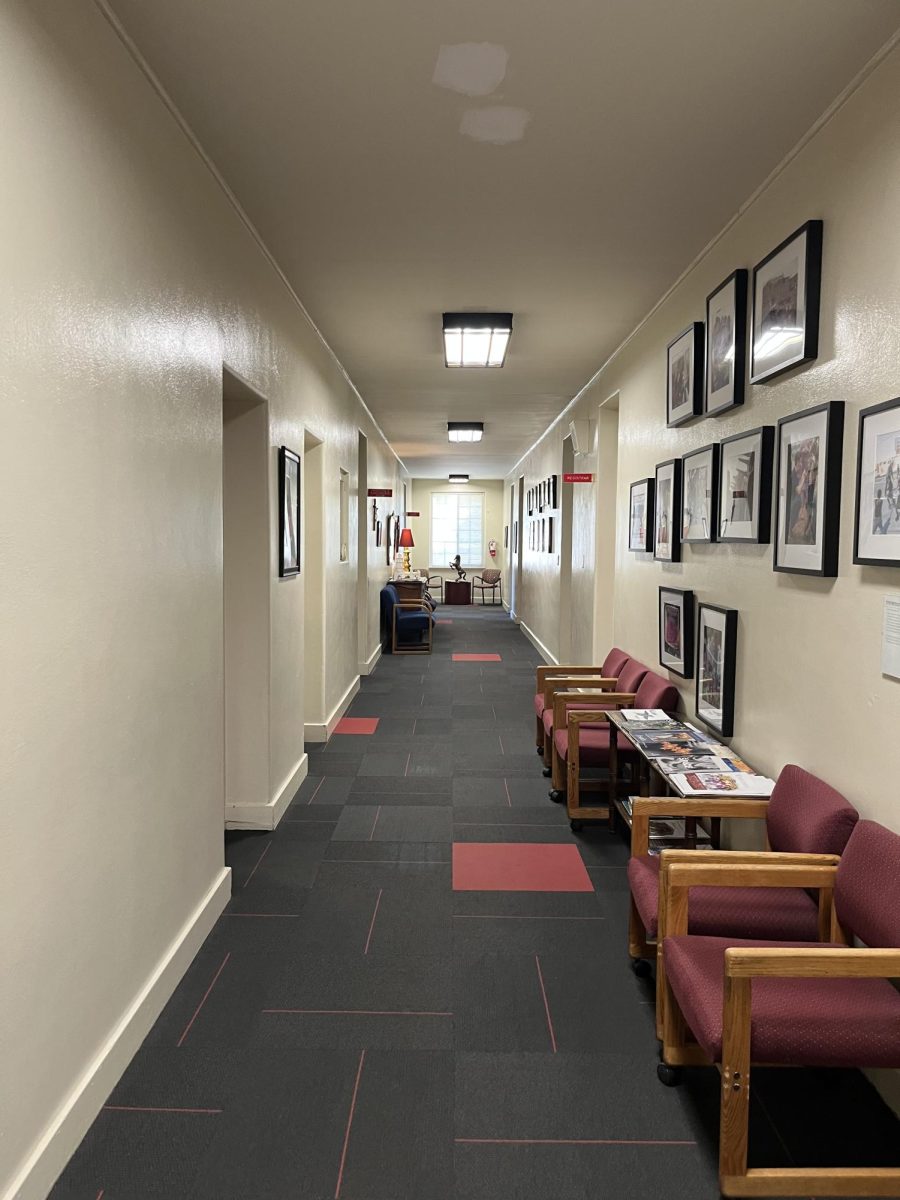By Jack Cahill ’17
THE ROUNDUP
The current school schedule of six or seven 45-50 minute periods each day is most conducive to learning, according to studies and students.
The school schedule we have, known generally as the “traditional schedule,” is most common in U.S. schools, including our own.
However, alternatives have been proposed, and are in practice in schools across the country, such as the so called “block schedule.”
According to Ed Glossary.com, the block schedule is “is a system for scheduling the middle- or high-school day, typically by replacing a more traditional schedule of six or seven 40–50 minute daily periods with longer class periods that meet fewer times each day and week.”
While the alternative is seemingly flexible, it may be harmful to learning.
According to the California State University at Northridge, “The students who have a shorter attention span, simply cannot focus for an extended period of 100 minutes at a time and therefore would function better in a shorter seventh period type of schedule.This assumes that the teacher does not break up the learning and activities.”
Students have also voiced similar responses, especially in regards to attention span and less traditional schedules.
Thomas Rehling ’17 said that it’s “probably best” to maintain the current schedule.
“Personally, I find it hard to pay attention for extended periods of time, and I can only sit still for so long,” Rehling said.
Other students, such as Carson Ingram ’17, said that the current schedule is most conducive and helpful to their learning.
“You don’t get into a monotonous routine. You actually have some variety, which is pretty conducive to my learning overall,” Ingram said.
Ingram expanded, saying that alternative schedules just seem “unfeasible” or “unhelpful.”
“The ideas of alternative schedules, like the block schedule, have their benefits. However, I personally am not a big fan, because I feel like it would bore the students and create a very tedious schedule,” Ingram said.
Ultimately, the benefits of the current schedule include shorter periods to help attention spans, as well as variety, as opposed to monotony.








